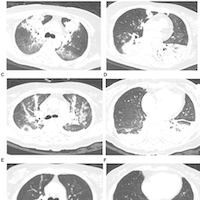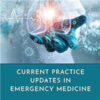Protective Ventilation
link.springer.com
As ventilator induced lung injury (VILI) importantly impacts outcome of mechanically ventilated patients, even in those without lung injury, it follows that those caring for the critically ill should apply protective ventilatory settings to the best of their abilities.
This is feasible, without the need for advanced monitoring systems, but by appreciation of the concepts as summarized here.
The field of protective ventilation will continue to evolve as we generate new insights in the laboratory and in the clinics.
A promising novel innovation is the use of in silico computational models of critically ill acute respiratory distress syndrome (ARDS) patients, which most likely will inform us on how to further refine ventilator settings.
In addition, such refinements can potentially be done around the clock, instead of only during ward rounds.
Moreover, functional imaging modalities may be useful to help set the ventilator.
Although robust data of benefit are still lacking, electrical impedance tomography, for instance, can provide imaging of regional air distribution in the lungs.














